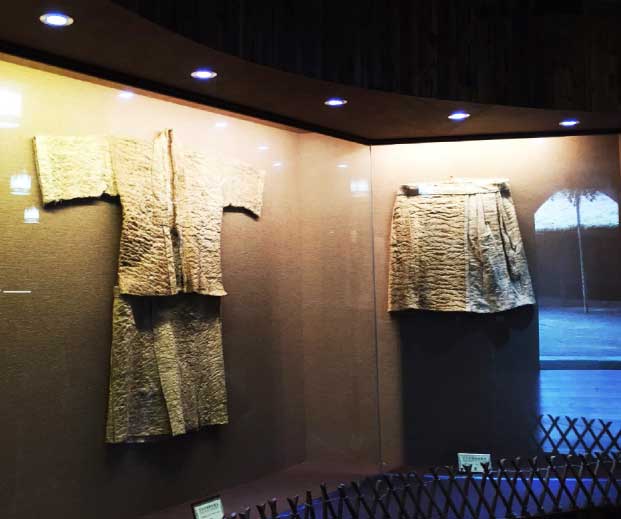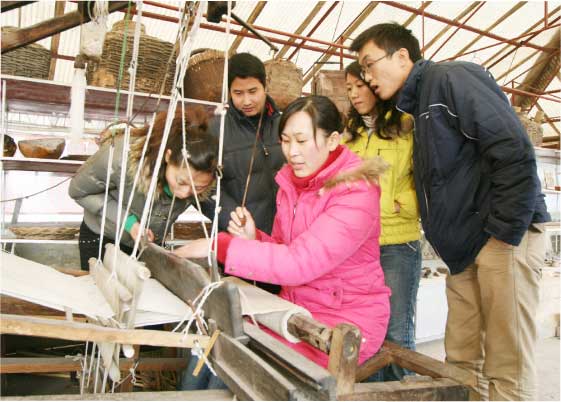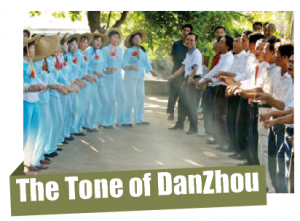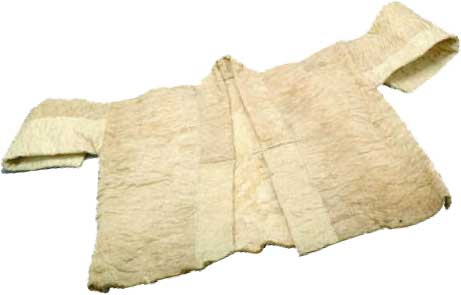Bark Cloth by the Li Minority
In the central and southern parts of Hainan Province where the Li ethnic minority live, people used to make cloth out of the bark of certain trees that grow in the area. This tradition can be traced as far back as the Stone Age, when, in the absence of textiles, locals used bark to make their simple clothes.

Even after the Li people acquired the skill of cotton spinning, bark cloth did not give way to cotton and hemp products. People continued to use bark to make mats, pillows, quilts, clothes, sashes and hats. The reasons for the continued popularity of bark cloth are many: bark as a type of raw material was, and still is, abundant and readily available in the area; the Li people had become skilled in making bark cloth; and objects made of bark cloth are very durable.

Lin’gao puppet show


The Tone of DanZhou







